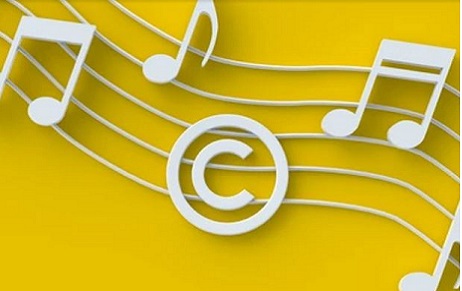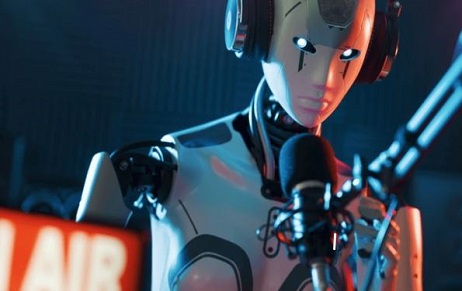Any successful café, restaurant, or retail establishment's environment is greatly influenced by its music. It…
Are Memes Protected By Copyright Law ?
The social media trends change very fast, almost every day but one thing that hasn’t lost its charm over the years is the consumption of memes on social media. Even if someone avoids the Internet and social media, they are almost certain to have come across funny memes somewhere or the other whether in print media or in marketing advertising. That’s because memes have a lot of potential for shaping ideas and establishing a conversational environment.
Memes are amusing photographic or audio-visual representations created for fun and entertainment. They are frequently built on sarcasm, satires, parody, or just simple jokes and they use different images or snippets from the many types of media available on the internet.
The meme culture sector thrives in the grey zones of intellectual property, where creativity and innovation flourish despite the lack of protection provided by IP regulations.
Paintings, sculptures, drawings (including diagrams, maps, charts, or plans), engravings, photos, works of architecture, and works of artistic handicraft all come under the definition of “artistic works” as stated in section 2 (c) of the Copyright Act, 1957. Most images/photographs used in memes are copyrighted, thus distributing them without permission constitutes an infringement.
Furthermore, as stated in section 14 (c) of the Act, the Copyright Law gives the right holders the sole authority to do or authorise someone else to do a replica of their copyrighted work. For example, if a photograph of Akshay Kumar is used in a meme and the photographer owns the copyright to the photograph, then both Akshay and the photographer have image rights and copyright to the photograph, and might sue for claimed infringement.
Memes are constantly and quickly traced on social media platforms, and they become viral very fast but the question that lies here is if duplicating someone’s work (meme) legal or not? The Copyright Act of 1957 protects the rights of meme creators who invest a lot of work, expertise, and time into creating a meme. The fact that the meme creator’s identity is primarily unknown does not allow another person to exonerate or protect him from facing legal action.
However, till date there hasn’t been any proper case over infringement of copyright when it comes to a meme. This is because of the legal concept of “fair use” which comes to the rescue in cases of copyright infringement.
Section 54 (1) of the Indian Copyright Act, 1957, defines fair use concept as “fair dealing with any work.” In cases when copyright infringement would otherwise occur, fair use is a valid defense. A meme shared on social media is considered a derivative work, and only the owner of the copyright has the legal authority to create one. The copyrights of the owner, on the other hand, are not absolute and irreversible.
In order to acquire the fair use defence in India, a creator must meet two conditions: (i) there must be no purpose to compete with the copyright owner; and (ii) there must be no inappropriate use of the original photograph/image/video, etc.
Market Substitution Test:
The first criterion, often known as the market substitution test, is easy to pass because the main goal of a meme is to take a sarcastic or funny view of anything involving someone, rather than to compete with the copyright holder.
Improper Usage:
The second criterion addresses the concept of ‘improper usage,’ which is a very wide term that cannot be defined in a strait jacket definition, but rather has to be interpreted. Because memes are intended for amusement, they rarely fall under the category of improper use unless they appear to be grossly objectionable to the right holder.
The Copyright Act outlines four considerations that can be used to decide whether or not the use of copyright material is fair, although none of them are conclusive. The aim and nature of the usage fall under the first of the factors, while the type of the copyrighted work is the second. The third consideration considers the significance of the part used in relation to the entire copyrighted work, whether or not is it substantial. The final consideration is the impact of the usage on the prospective market for the copyrighted work. If we consider the last factor, memes are rarely used for commercial purposes and are mostly exclusive for entertainment purposes.
Conclusion
Memes have little economic value and, as previously noted, are typically protected by the fair use doctrine. However, while creating memes for fun is OK, if they are used for commercial or promotional purposes, proper consents and licenses from the copyright owners should be sought to avoid legal repercussions. So, the next time you come across a meme that you want to share, give credit where credit is due if you know who made it.
Author: Saumya Tripathi – a student of Vivekananda Institute of Professional Studies (Delhi), in case of any queries please contact/write back to us via email [email protected] or contact us at IIPRD.



